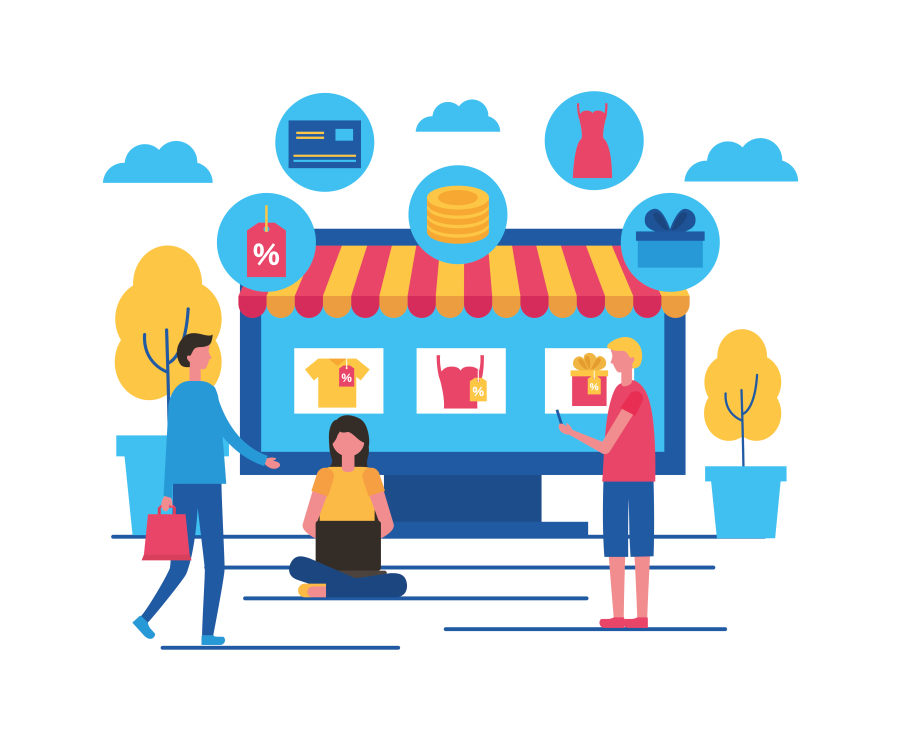How to Design for Wearable Tech Interfaces
In the modern digital era, technology is becoming smaller, smarter, and more personal. Wearable technology such as smartwatches, fitness trackers, augmented reality glasses, and health monitoring devices has become an integral part of people’s daily lives. Designing interfaces for wearable tech is not the same as designing for smartphones, tablets, or desktops. Wearables demand minimalist, efficient, and user-centric design principles that balance usability with innovation. For freelancers and designers working on next-gen products, understanding how to design for wearable tech interfaces is a valuable skill that opens up exciting opportunities.
This article on freelancerbridge explores the key principles, best practices, and actionable tips for creating functional, visually appealing, and user-friendly wearable tech interfaces.
Long Description
1. Understanding Wearable Tech and Its Ecosystem
Wearable technology goes beyond traditional gadgets by merging fashion, convenience, and advanced functionality. Devices like Apple Watch, Fitbit, Google Glass, and smart rings have unique screen sizes, input methods, and user interactions. Unlike smartphones, wearables focus on quick interactions, glanceable information, and context-aware design. Designers must adapt to these constraints while ensuring the interface is easy to use in real-life situations.
2. Key Challenges in Designing for Wearables
Limited Screen Size – Most wearables offer only a few square centimeters of usable display space, which demands minimalist layouts.
Input Constraints – Wearables often rely on touch gestures, voice commands, or haptic feedback instead of keyboards.
Contextual Usage – Users interact with wearables while moving, exercising, or multitasking, which means the design should be accessible and distraction-free.
Battery Efficiency – A visually rich but power-hungry interface can reduce usability. Designers must optimize graphics and interactions to conserve battery life.
3. Principles of Designing for Wearable Interfaces
Simplicity First – Prioritize essential features, remove unnecessary clutter, and design with a “less is more” mindset.
Glanceable Information – Users should be able to understand key data in 1–3 seconds. For example, fitness stats should be displayed with bold typography and simple icons.
Consistency Across Devices – Even though the wearable has limitations, the interface must feel consistent with the broader brand identity across smartphones, tablets, and desktops.
Accessibility and Usability – Ensure designs are usable in various lighting conditions, motion environments, and for different user demographics.
Context-Aware Interactions – Smart notifications, adaptive color modes, and personalized features improve overall experience.
4. Best Practices for Wearable Tech Design
Use bold typography and simple layouts for maximum readability.
Focus on micro-interactions such as quick swipes, taps, and vibrations.
Create modular layouts that adapt to different device shapes (circular, square, or rectangular).
Ensure seamless integration between the wearable app and its paired smartphone application.
Test designs in real-world scenarios to simulate how users engage while walking, exercising, or working.
5. Tools and Frameworks for Wearable Interface Design
Freelancers and UI/UX designers can use:
Figma or Sketch for wireframing wearable screens.
Adobe XD for prototyping responsive wearable layouts.
Google Wear OS and Apple Watch Human Interface Guidelines for platform-specific insights.
Usability testing tools like Maze and Lookback for testing user flows on wearables.
6. Future of Wearable Tech Design
As wearable technology continues to evolve, interfaces will become more immersive, personalized, and health-focused. AI integration, biometric feedback, and augmented reality overlays will play a critical role in shaping future wearable designs. Freelancers who invest in learning wearable design today will position themselves as leaders in the next wave of digital design innovation.
7. Actionable Tips for Freelancers on Freelancerbridge
Build a wearable UI portfolio showcasing smartwatch screens, health trackers, and AR mockups.
Keep updated with platform guidelines to ensure compliance with usability standards.
Collaborate with developers to understand the technical limitations of wearable devices.
Stay ahead by exploring AR/VR wearable designs as the next big trend.
Conclusion
Designing for wearable tech interfaces is both challenging and rewarding. It requires a mix of creativity, usability, and technical awareness. By focusing on simplicity, functionality, and user context, freelancers can deliver impactful wearable experiences that enhance everyday lives. For those building a career in UI/UX, wearable design is no longer optional—it is the future of design innovation.


 by Emily
by Emily




